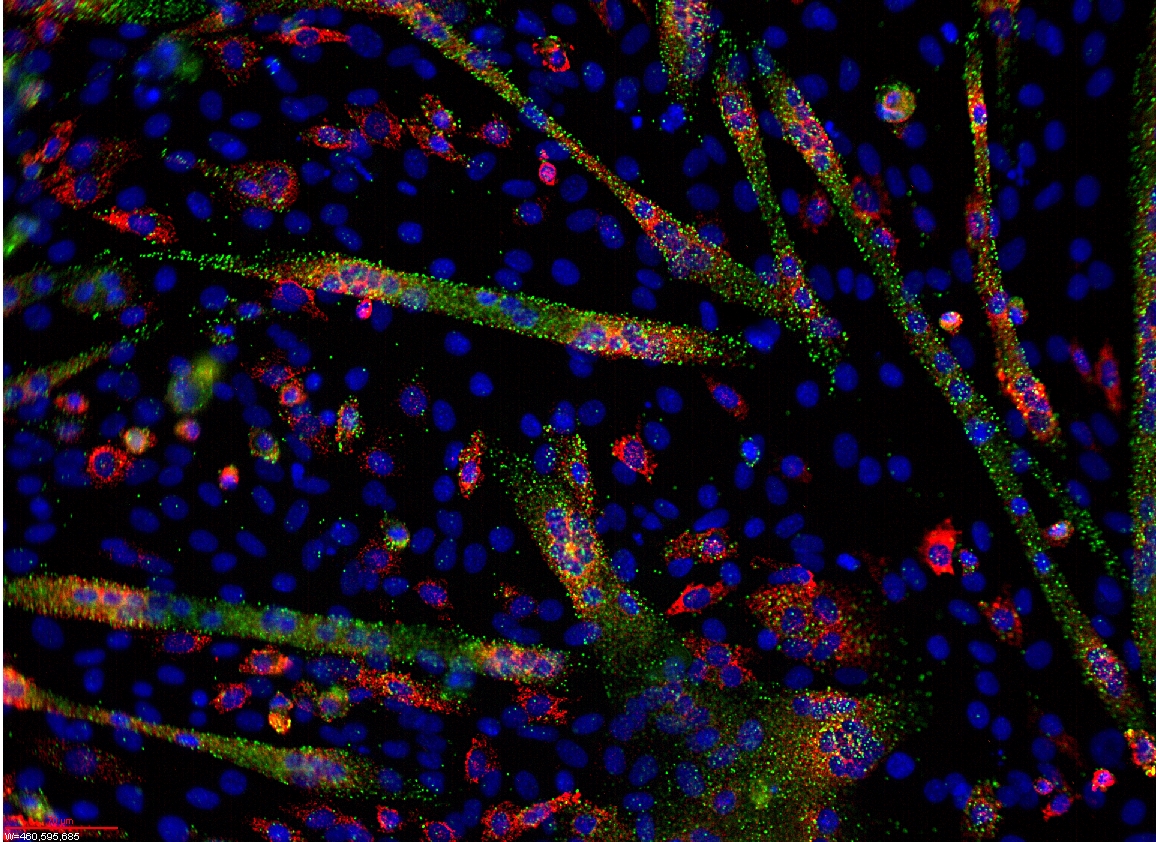- How football brings joy and helps heal Palestinian children in Qatar
- Global forest loss exceeds targets in 2023, report warns
- How did Egypt’s and Israel’s economies do in a year of Houthi attacks?
- China takes swing at European Union with brandy duties after EV tariff vote
- Boeing delivers 33 jets in September but strike impact looms
What do you believe is the single most important factor driving up the cost of living in Nigeria?

Researchers reveal the dynamic processes that sculpt the Arctic seafloor
MBARI researchers, working alongside a team of international collaborators, have discovered large underwater ice formations at the edge of the Canadian Beaufort Sea, located in a remote region of the Arctic. This discovery reveals an unanticipated mechanism for the ongoing formation of submarine permafrost ice. The findings are published in the Journal of Geophysical Research: Earth Surface.
In a previous MBARI study, researchers observed enormous craters on the seafloor in this area, attributed to the thawing of ancient permafrost submerged underwater.
While exploring the flanks of these craters on a subsequent expedition, MBARI researchers and collaborators from the Korea Polar Research Institute (KOPRI), the Korea Institute of Geoscience and Mineral Resources, the Geological Survey of Canada, and the U.S. Naval Research Laboratory observed exposed layers of submarine permafrost ice.
The recently discovered layers of ice are not the same as the ancient permafrost formed during the last ice age, but rather were created under present-day conditions. This ice is produced when deeper layers of ancient submarine permafrost melt, creating brackish groundwater that rises and refreezes as it approaches the seafloor, where the ambient temperature is approximately -1.4 degrees Celsius (29.5 degrees Fahrenheit).
Credit: Monterey Bay Aquarium Research Institute

- October 8, 2024
Duo wins Physics Nobel for 'foundational' AI breakthroughs





- October 8, 2024
Champions Susu Enterprise provides stationery items to pupils

- October 8, 2024
Winning the Nobel 'an earthquake', says Ruvkun

- October 8, 2024
Why do owners leave pets in shelters?
Subscribe to our mailing list to get the new updates!

Subscribe our newsletter to stay updated
Thank you for subscribing!






